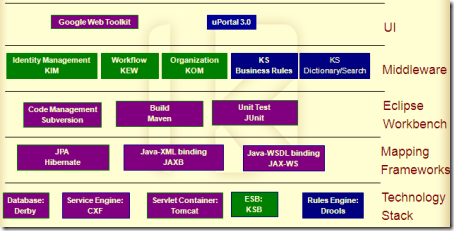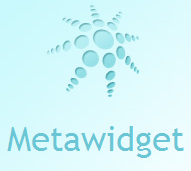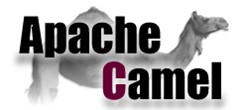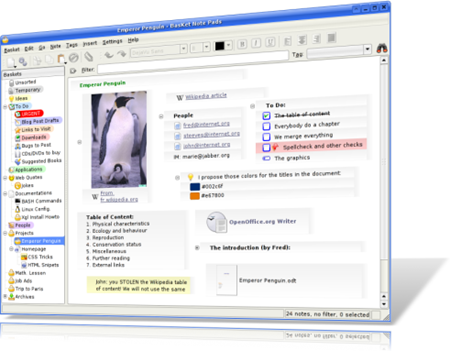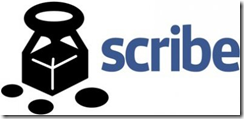Java: Refactoring Methods »
By admin on Nov 5, 2008 | In Java, Refactoring | No Comments »
Here are the guidelines that we follow to refactor the methods in one of the legacy Java application, simplified from Martin Fowler refactoring book.
- Rename a method to server its purpose
- Add a parameter to the method if it is required
- Remove a parameter if it is not required
- Separate query from modifier and let each method does it own function
- Parametize method to consolidate different methods into one
- Replace parameter with method so that your don’t use parameter to determine the execution
- Preserve whole object to pass it as parameter
- Replace a parameter with a method
- Introduce parameter object to group parameters together
- Remove setter method if it is not used
- Hide the method if it is not used
- Replace constructor with factory method
- Encapsulate downcast. Now with JDK 5 and above we can make use of generic features
- Replace error code with exception.
- Replace exception with tests.
Popularity: 2% [?]



